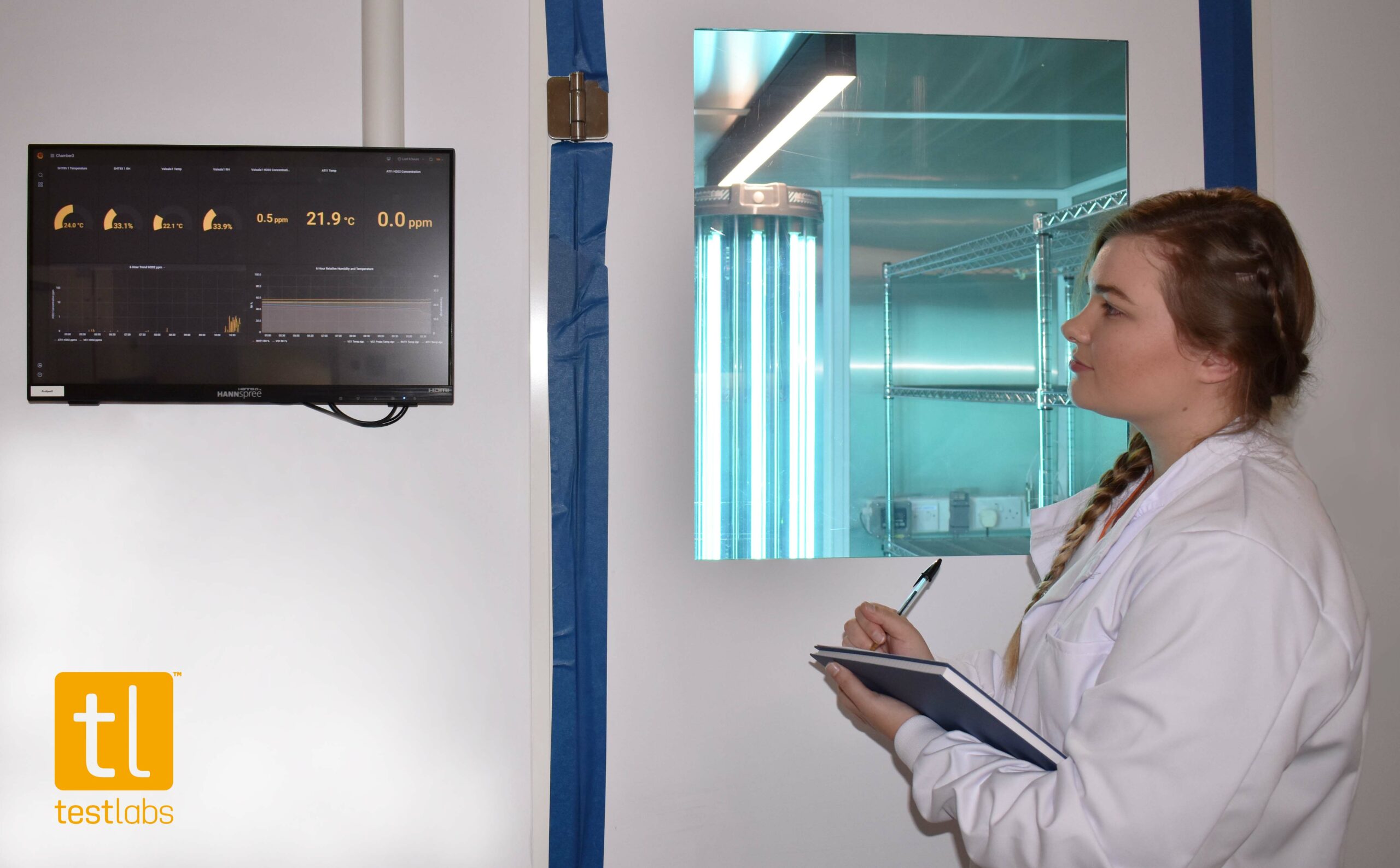
Disinfection systems utilising ultraviolet C (UV-C) irradiation are becoming more and more common, but this increased usage can lead to an increased risk of harmful exposure to UV-C radiation.
UV-C exposure can lead to some unpleasant health issues, particularly in the skin and eyes, and it can even aggravate some pre-existing conditions. Given a long enough exposure time, even a lower power source of UV-C radiation can be hazardous. Because of this, it’s important to understand what UV-C exposure limits are and how long it takes for a UV-C system to meet or exceed that limit.
What is the BS EN ISO 15858?
BS EN ISO 15858 is an international standard that provides minimum human safety requirements for UV-C exposure. It applies to almost any system that uses UV-C emitting lamps: the only exception is UV-C products used in water disinfection. The standard requires familiarity with BS EN 14255-1, which contains guidance on measuring UV exposure as well as guidance as to the equipment that may be required.
Manufacturers can use this standard to determine how long it takes for their UV-C product to meet or exceed the limits in the standard during use. Organisations using UV-C systems in the workplace can use this standard to check that UV-C safety limits are not exceeded in areas where UV-C light is used.
What information does the BS EN ISO 15858 standard provide?
The standard is primarily informative. It provides explanations and brief guidance on the following:
- Terms and concepts related to UV-C.
- UV-C penetration through transparent materials.
- Reflection of UV-C.
- Personal protective equipment (PPE) recommendations for cases where the exposure levels exceed the maximum.
- Safety training of personnel.
The standard provides more in-depth information about maximum UV-C exposure times for a various degrees of irradiance (irradiance in this context is UV-C radiation power over an area, usually measured in W/m2) and a brief outline of the measurement process for threshold limit values, which is based on the standard BS EN 14255-1. The measurement process requires repeated readings taken at multiple orientations. This allows the assessor to build a comprehensive report of UV-C exposure in any given area.


